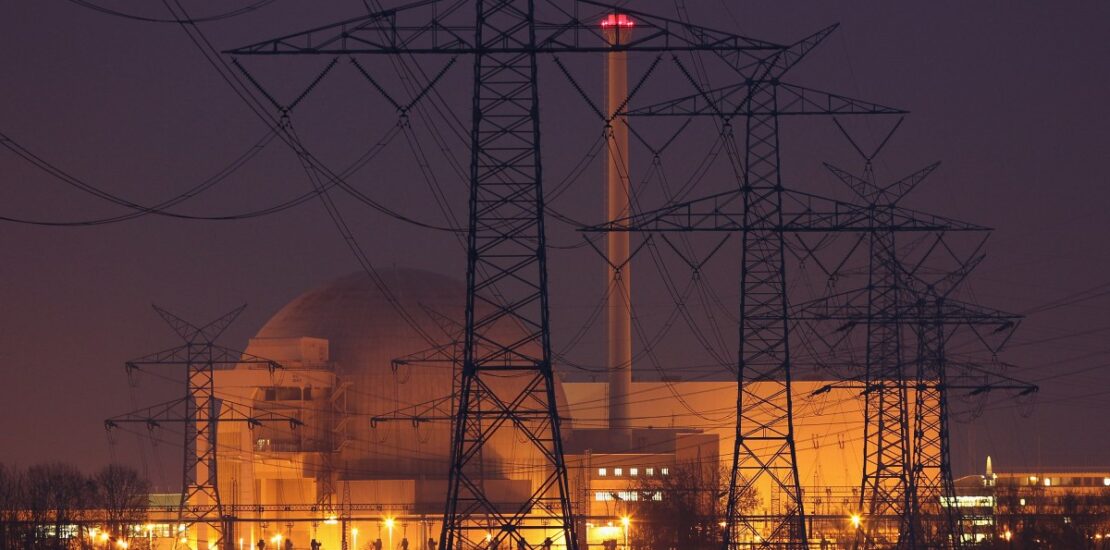Regulators deliver successive blows to Amazon and Meta’s nuclear power ambitions
- November 4, 2024
- Posted by: chuckb
- Category: TC Artificial Intelligence

As the demand for electricity surges due to the rapid growth of artificial intelligence (AI) and cloud computing, major tech companies like Amazon, Meta, and Microsoft are increasingly turning to nuclear power to meet their energy needs for data centers. This strategic pivot underscores the pressing necessity for reliable and sustainable energy sources. However, recent developments have revealed that securing these energy resources, particularly through nuclear power, is fraught with challenges.
Last week, both Amazon and Meta faced significant setbacks in their efforts to harness nuclear energy for their operations, while Microsoft’s plans to revive a reactor at Three Mile Island appear to be progressing. The obstacles these companies encountered highlight an essential truth about the complexities of building expansive data centers: the critical importance of securing energy sources well in advance of infrastructure development.
In Meta’s case, the company has been pushing forward with plans to construct an AI-focused data center adjacent to an existing nuclear power facility. However, unexpected regulatory hurdles emerged during the project’s advancement. Notably, CEO Mark Zuckerberg informed employees that one of the obstacles was the discovery of a rare bee species inhabiting the project site. This incident illustrates broader environmental concerns that can impede development projects, particularly in an era when biodiversity is under threat due to factors such as pesticide exposure and habitat loss.
Similarly, Amazon is encountering difficulties with its ambitions to establish a hyperscale data center in close proximity to a nuclear power plant situated near Susquehanna, Pennsylvania. The tech giant intended to leverage a substantial portion of the electricity generated by this nuclear facility. However, on November 1, the Federal Energy Regulatory Commission (FERC) voted 2–1 to reject Amazon’s proposal to expand an existing data center power agreement, which would have enabled direct access to the nuclear plant’s output. FERC’s decision was driven by concerns that significant power diversion to Amazon’s data center could lead to lower reliability for other customers, potentially increasing the risk of brownouts or blackouts across the wider electricity grid and resulting in higher costs.
This situation exemplifies the difficulties of integrating massive data centers into existing power grids, especially when scaling operations to meet burgeoning demand. The FERC has indicated that Amazon’s case is not isolated; several additional large co-location requests—at least eight—await review from the commission. This suggests that an ongoing review process will continue to shape the energy landscape for hyperscale data centers, complicating future efforts by these tech titans to secure reliable power sources.
Microsoft’s nuclear ambitions represent a different narrative as their project to resurrect the Three Mile Island nuclear reactor continues onward, with fewer apparent obstacles. This demonstrates that while challenges abound in the nuclear realm, not all ventures are equally impeded and some may still find pathways to success amid regulatory scrutiny.
In conclusion, the experiences of Amazon and Meta serve as cautionary tales for tech companies looking to future-proof their energy requirements through nuclear power. As the pursuit for sustainable and reliable energy intensifies, these enterprises must navigate a complex regulatory landscape and be wary of environmental factors that could impact their development plans. For the time being, with Microsoft’s initiatives gaining traction, it remains to be seen how these tech giants will adapt to the evolving challenges in securing nuclear energy for their expansive data center networks. As energy demands rise and regulations shift, the landscape for data center electricity sourcing will continue to be under review, potentially reshaping the future of operations in the AI and cloud computing sectors.
